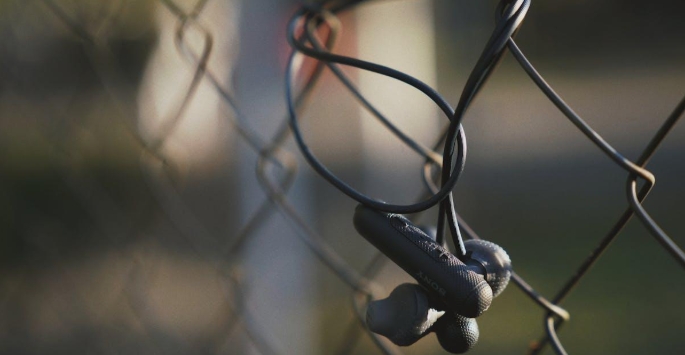
Technology is reshaping our lives in ways we never thought possible, and the realm of hearing solutions is no exception. From the evolution of hearing aids to the advent of teleaudiology, we are on the brink of a revolution that enhances auditory experiences. By harnessing the power of artificial intelligence, mobile apps, and integrated systems, we are witnessing profound changes in how individuals manage their hearing health. For a real-world comparison, check out apple earbuds vs traditional hearing aids to see how mainstream consumer audio devices stack up against dedicated hearing technology.
The Evolution of Hearing Technology
Hearing technology has come a long way since the days of bulky, analog devices. Today, we find ourselves in an era where smart hearing aids are leading the charge, becoming an indispensable tool for millions.
Smart Hearing Aids: The New Frontier
Smart hearing aids are creating a bridge between traditional hearing solutions and cutting-edge technology. These devices not only amplify sound but also incorporate various features that seamlessly integrate into our daily lives. Equipped with Bluetooth connectivity, they allow users to stream music, phone calls, and even TV audio directly into their hearing aids. This connectivity enhances the overall experience, making it much easier for users to engage in social situations where understanding speech is crucial.
Enhancing Sound Quality and Clarity
Plus to connectivity, advancements in sound processing have dramatically improved sound quality and clarity. Modern hearing aids use sophisticated algorithms that analyze the environment and adjust sound settings in real-time. These adjustments enable users to hear more clearly, distinguishing voices in crowded spaces and enjoying conversations as if they were never hard of hearing. It's about turning the complexity of sound into a more enjoyable and accessible experience.
Personalization Through AI and Machine Learning
Artificial intelligence (AI) and machine learning are at the forefront of personalization in hearing solutions. With these technologies, we can now customize hearing devices to suit individual needs like never before.
Mobile Apps and Hearing Health Management
Many of today's smart hearing aids come with mobile applications that allow users to adjust their audio preferences from their smartphones. These apps provide insights into hearing health, enabling users to track usage, receive maintenance reminders, and even measure the effectiveness of their hearing devices. AI algorithms analyze the user's environment and preferences to suggest optimal settings, ensuring a tailored hearing experience that adapts to the user's lifestyle.
Teleaudiology: Remote Fitting and Support
The rise of telehealth has brought about significant changes in many healthcare fields, and audiology is no exception. Teleaudiology has emerged as a convenient and effective solution for individuals seeking hearing assessments and device fittings from the comfort of their homes.
Over-the-Counter Hearing Devices: Accessibility for All
One of the most exciting developments in teleaudiology is the introduction of over-the-counter (OTC) hearing devices. These products are designed for individuals with mild to moderate hearing loss and don't require a prescription. This accessibility breaks down barriers, allowing more people to improve their hearing without the need for in-person consultations. Users can use telehealth services to receive guidance on selection, fitting, and troubleshooting of these devices.
Integration with Other Technologies
As we continue to witness groundbreaking advancements in technology, the integration of hearing aids with other smart devices is becoming increasingly prevalent.
Future Trends in Hearing Technology
Imagine the possibilities: smart home systems that automatically adjust sound levels based on the environment, or hearing aids that sync with fitness devices to alert you to important audio cues while exercising. This integration not only enhances the user experience but also promotes a healthier lifestyle by ensuring critical sounds are heard. As hearing aid technology evolves, we can expect even more innovations to create a cohesive ecosystem where our devices work in unison.
Challenges and Considerations
Even though the numerous advancements in hearing technology, challenges remain. Not everyone has access to high-quality hearing solutions, particularly in underprivileged areas. Also, with the rapid pace of technological change, users may struggle to keep up or find it challenging to differentiate between genuine advancements and gimmicks.
As we navigate these complexities, it's essential to balance technology with human interaction, ensuring that all users are supported in their journey to better hearing. To dive deeper into how technology is shaping this field, we can look to resources like the American Speech-Language-Hearing Association, which provides valuable insights and updates on hearing technologies and solutions.
Media Contact
Company Name: Audien Hearing
Contact Person: Ishan Patel
Email: Send Email
Address:10733 N Frank Lloyd Wright Blvd, Ste 103
City: Scottsdale
State: AZ
Country: United States
Website: audienhearing.com






